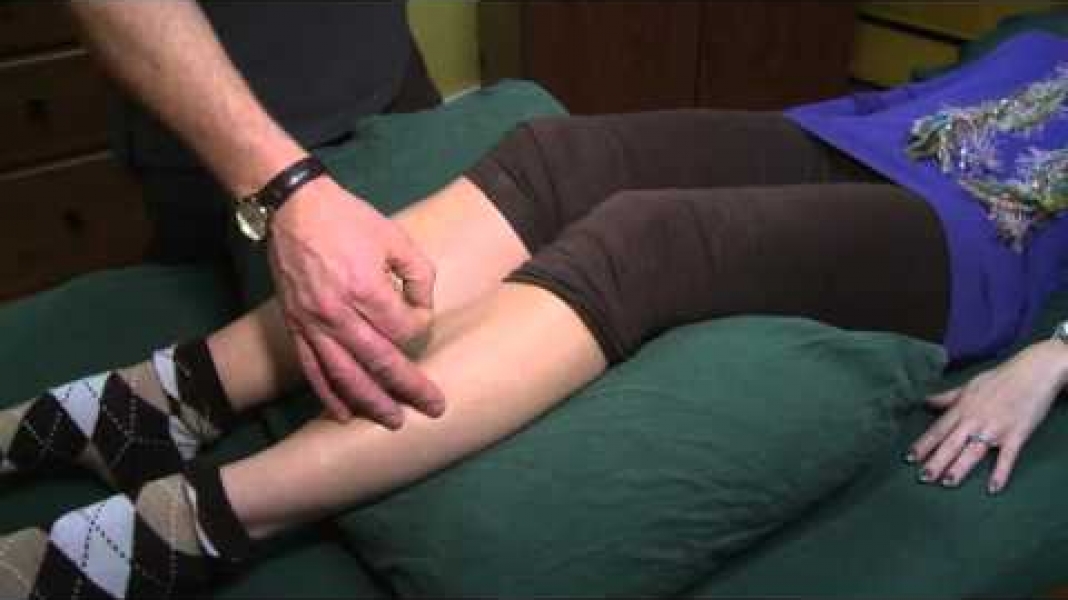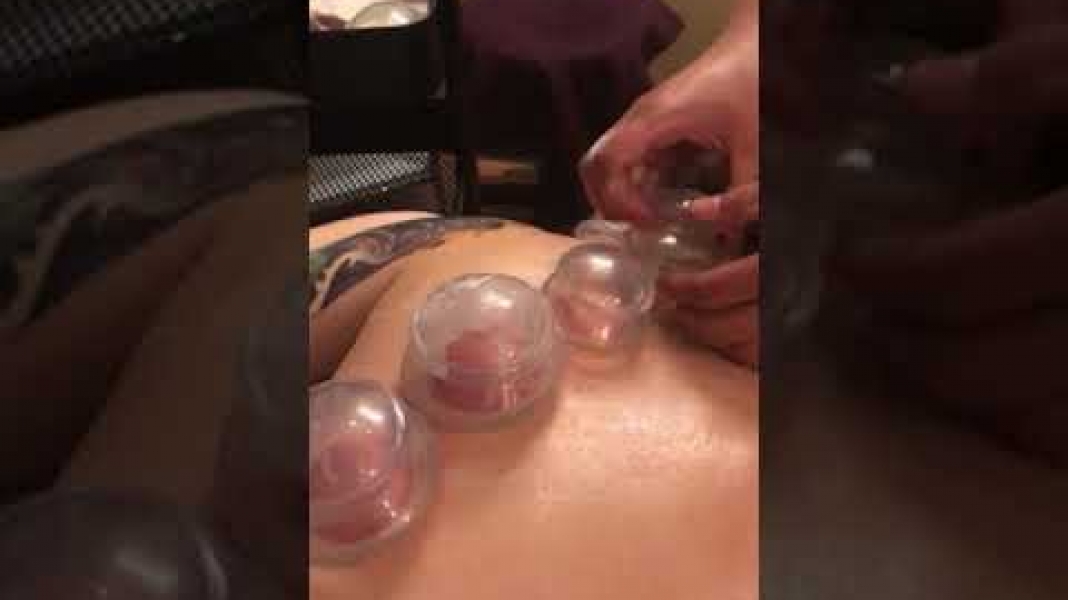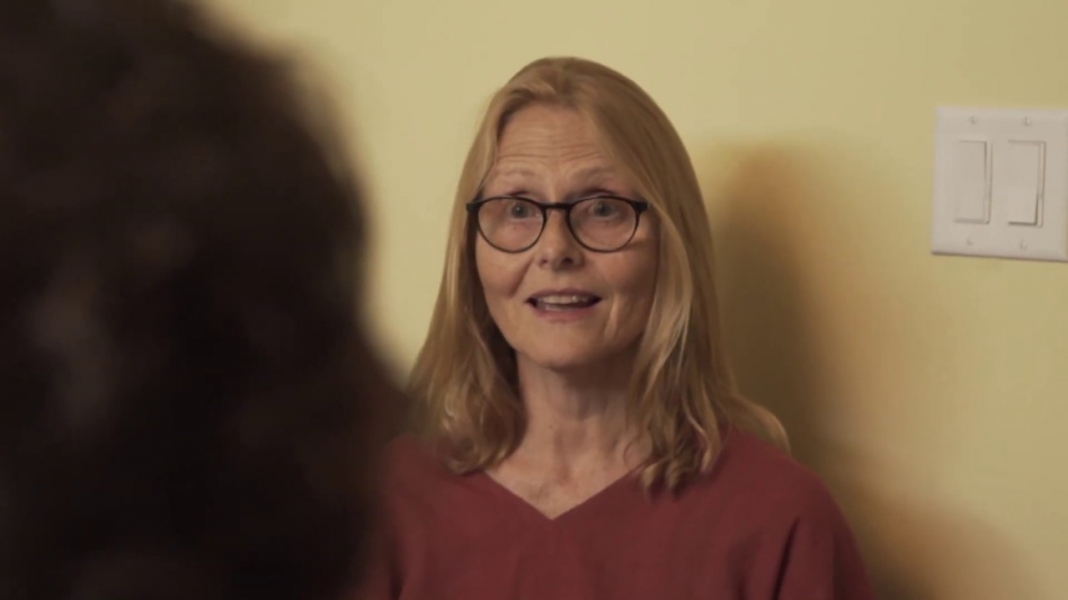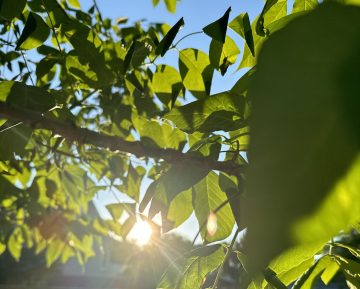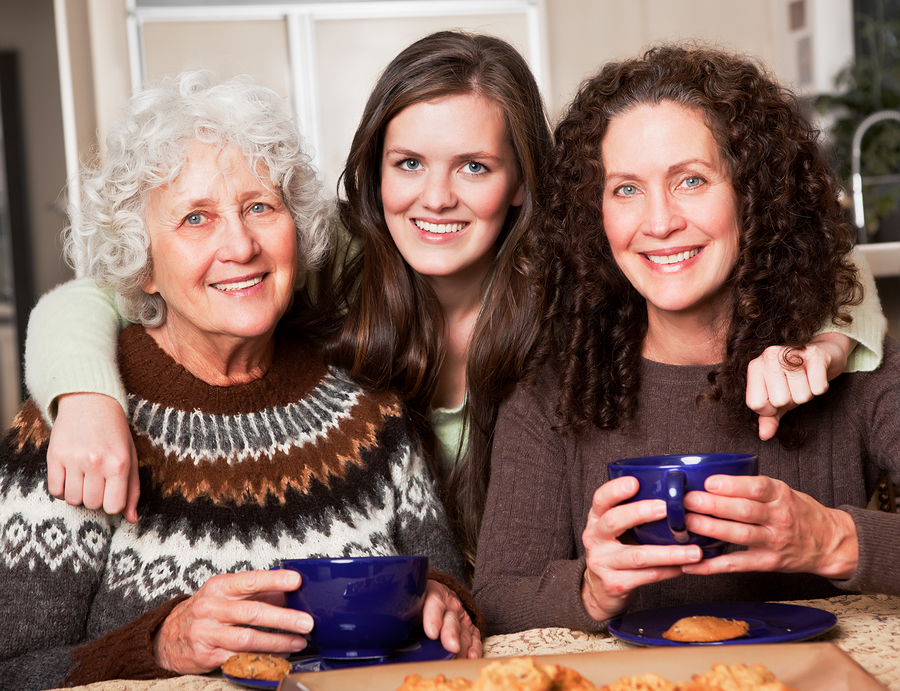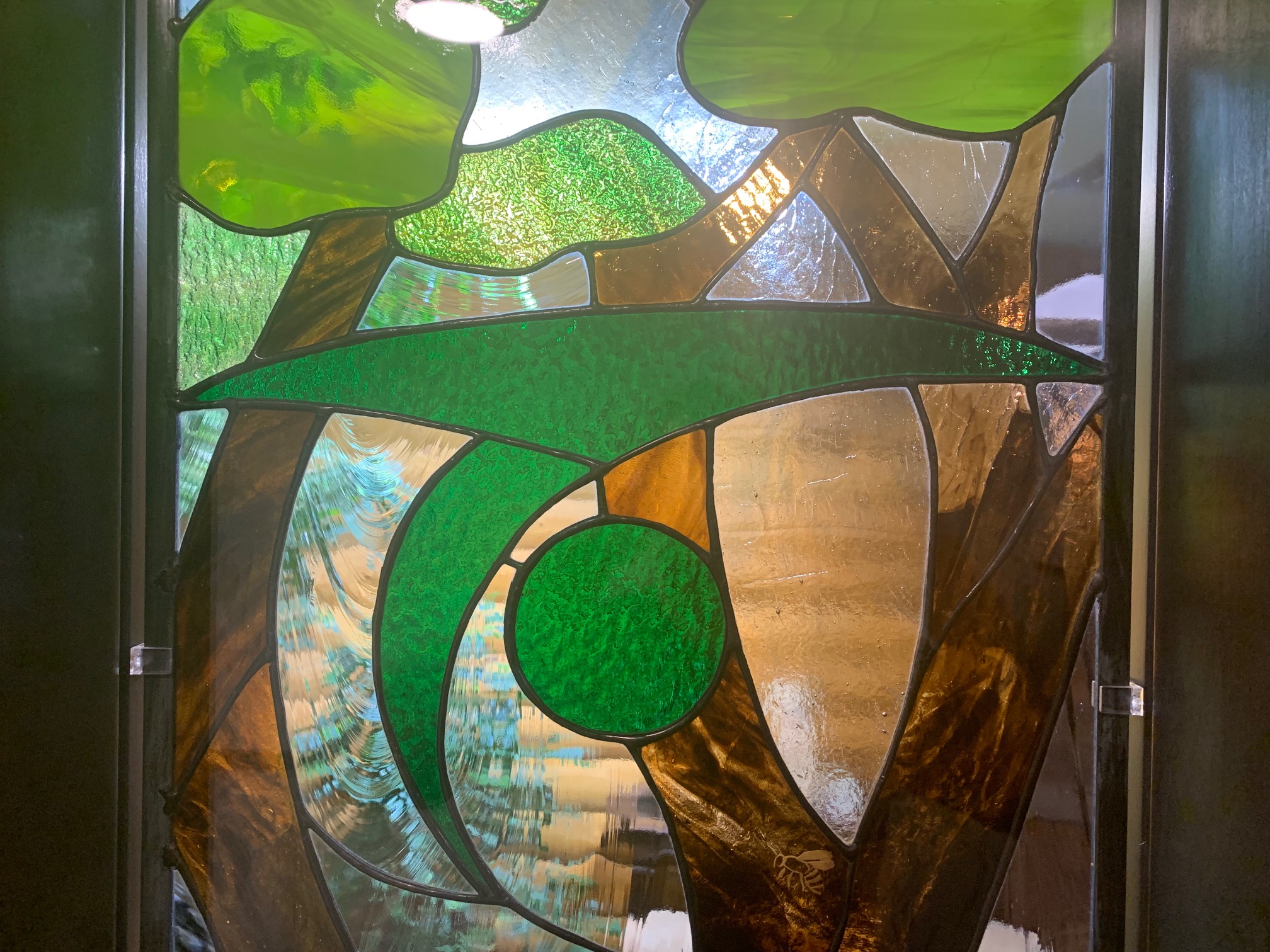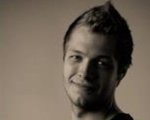
Carl Parnham, RMT Massage Therapist
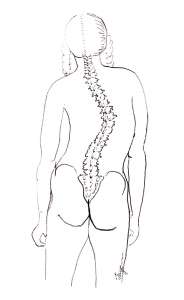
There are other causes of structural scoliosis, such as nerve problems, muscle, or skeletal disorders, sports injuries or traumas, infections, and other major problems. Depending on the severity, surgery may assist to place the spine in a better position – for example Harrington Rods can be inserted to restrict the scoliosis progressing. Also muscle relaxants and anti-inflammatory drugs are also prescribed.
Functional Scoliosis is more common and less severe, and develops over time from poor posture or repetitive movements in daily life in our work or play. We live in a culture that sits at home, sits on the way to work, sits a work, and sits looking down at our cell phones or up at our monitors for entertainment. This we know is going to shape the bodies of the new generation like it has never done before. The imbalanced posture patterns and muscles put a significant strain on the spine over time that can cause sideways deviation (scoliosis) and excessive or lack of proper curvatures in the forward directions (that is another blog for the future). As this continues over time, in a worst case scenario, it can progresses to become a structural scoliosis. In the moderate scenario, which we see all the time in the clinic, it causes pain and lack of function in day to day living.
At the Acupuncture Turning Point we work with people most commonly who have functional scoliosis, even though they don’t know they have scoliosis. We also work with people who have a diagnosed structural scoliosis.
In my work as a massage therapist, I help my clients manage the pain associated with scoliosis, and also prevent the further progression of functional problems. In some cases I have helped to lessen the curvature by relaxing tight and shortened muscles on one hand, and activating long and weaker ones on the other. And it is not just about the back. It can throw your whole body off, by distorting the basic posture from which your legs work. It may raise one hip and distort your gait. It may raise a shoulder to decrease your neck’s range of motion when shoulder checking in traffic, for example. So our goal in treatment is to correct some of these basic movements, even though the focus is often on the back. This is an important concept and why many come in with a complaint of a non-back issue, where the root of the problem has not been addressed. We are able to see that the neck or leg/hip issue, may really be a back issue.
At our clinic we use an approach that integrates massage and acupuncture to both relax and activate muscles to treat scoliosis and other problems. We help clients feel better in movement so they are better able to engage in the exercises they need to restore function. Our end goal is to help people work toward a sustainable and intelligent lifestyle to help them with their particular problems.


